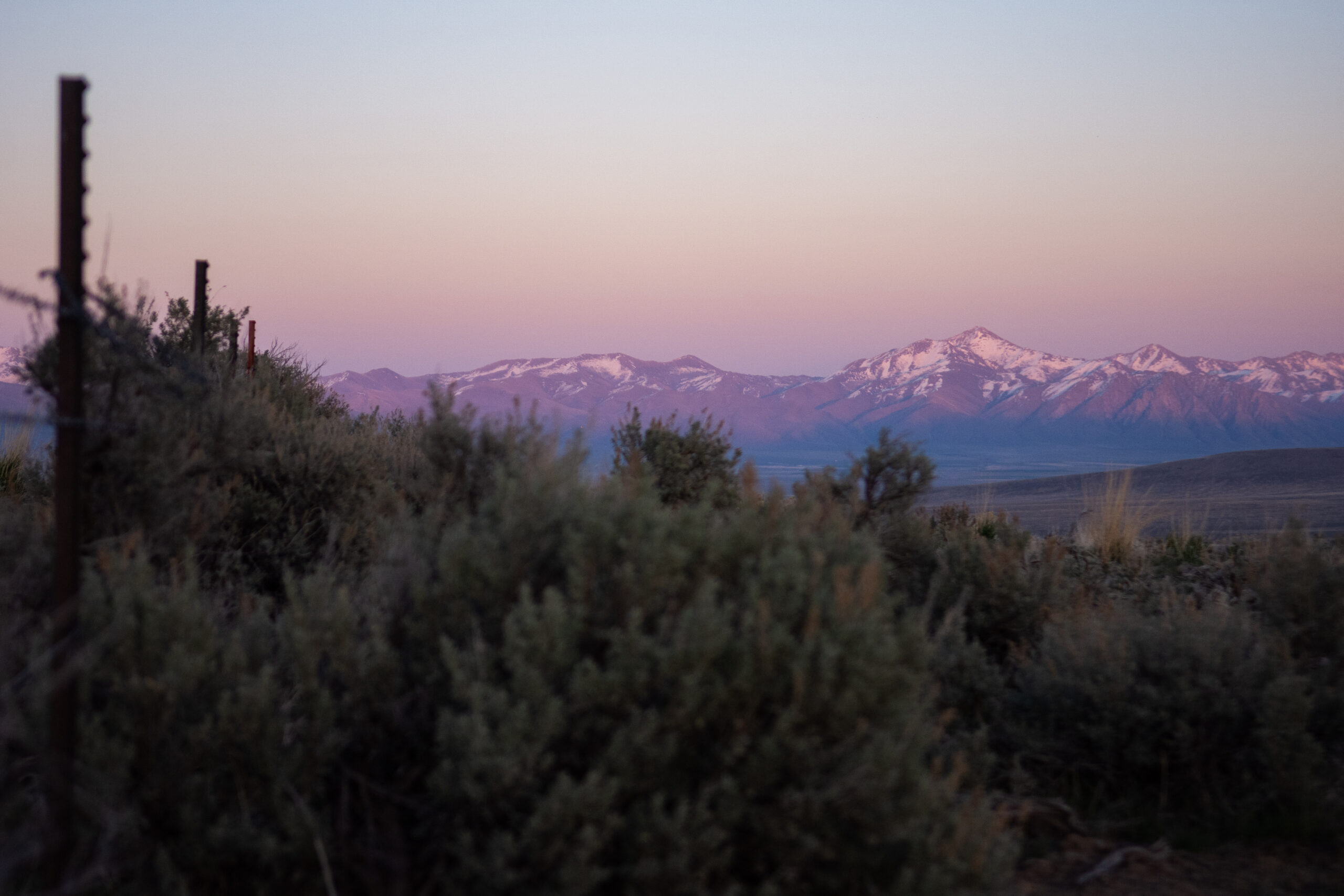State commission affirms environmental permit for Thacker Pass lithium mine

Good morning, and welcome to the Indy Environment newsletter.
Today’s edition is a short version running through some of the news this week.
As always, we want to hear from readers. Let us know what you’re seeing on the ground and how policies are affecting you. Email me with any tips or suggestions at [email protected].
To get this newsletter in your inbox, subscribe here.
In a hearing Tuesday, the State Environmental Commission affirmed a contested water pollution control permit for the Thacker Pass lithium mine, a procedural step forward for a project that has faced concerns from several environmental groups, Native American tribes and local ranchers.
The state permit, issued by the Nevada Division of Environmental Protection in February, would allow the mine to proceed if it meets certain requirements. Among those requirements are measures to prevent tailings, the byproducts of ore, from contaminating the environment, should water seep through the waste materials, which will contain chemicals used to process and extract lithium.
Great Basin Resource Watch, a mining watchdog group, appealed the permit, arguing that the agency’s decision needed more robust vetting for a type of tailings storage facility that was new to Nevada. On Tuesday, the state’s environmental commission heard arguments on the appeal.
During the appeal hearing, Julie Cavanaugh-Bill, a lawyer for the conservation group, pointed to two reports, provided by the company, that formed the basis of the permit. In the group’s opening argument, Cavanagugh-Bill said the reports were incomplete and were, at times, contradictory.
“Again, we believe that the agency acted in an arbitrary and capricious manner and did not rely on the substantial evidence, which would have reflected these gaps in the analysis,” she argued.
Although the agency, represented by Deputy Attorney General Dan Nubel, acknowledged that the reports had different inputs, it defended its decision-making at the hearing. The state further noted that the permit also requires active monitoring to protect against potential contamination.
“In this case, the [state agency] received and reviewed multiple credible reports that show that the project will not contaminate the state’s water,” Nubel argued during his opening statement.
After the public hearing was closed, the commission voted unanimously to affirm the decision to approve the permit, deferring to the agency’s interpretation of the science and the two models.
John Hadder, the director of Great Basin Resource Watch, said he was disappointed by the outcome and the procedural limitations placed on the appeal process. He noted that Lithium Americas, the mining company developing the project, had filed a motion to strike an expert report from the record because it was filed after a deadline.
"We wish they had considered our expert report and allowed witnesses for what we would have considered a more balanced presentation of the facts around the tailings facility," Hadder said after the hearing.
Great Basin Resource Watch is one of several groups that have challenged a federal permit for the planned Humboldt County mine, which would be constructed near Orovada. The company and groups challenging the permit are in the process of briefing the issue in federal court. U.S. District Court Judge Miranda Du has not ruled on the merits of the federal environmental permit.
Here’s what else I’m watching this week:
What rests at the bottom of Lake Mead? “There have also been handguns, baby strollers, tackle boxes, vintage Coors cans, Prada sunglasses, exploded ordnance, real human jaw bones, fake human skeletons, ancient arrowheads, concrete mooring blocks, dozens of sunken boats and untold amounts of scattered trash,” writes The Washington Post’s Joshua Partlow.
The Colorado River on late night: In case you missed it, John Oliver focused his show, Last Week Tonight, on the Colorado River, dissecting the severity of the water crisis facing the West.
- The recycling fix: Las Vegas has been doing it for years. But Southwest cities, facing a future of more limited water availability, are increasingly turning to wastewater recycling. LAist’s Erin Stone breaks down the technologies and promises behind renewed efforts in Southern California to reduce its water footprint by recycling and treating wastewater.
- Fill Lake Powell first? When people talk about the two main reservoirs on the Colorado River, some, like former Bureau of Reclamation Commissioner Dan Beard, have argued that we should fill Lake Mead first. But now a coalition is arguing that we should focus on filling Lake Powell. The Salt Lake Tribune’s Zac Podmore has more on the group’s effort.
This week, the state released a fact sheet with resources for Nevadans facing extreme heat.
The Nevada Department of Transportation is now using Portland Limestone Cement, which the agency says will cut down on carbon emissions, Northern Nevada Business Weekly reports.
“Unlike people, bristlecone pines don’t die of old age.” But some of Earth’s oldest trees are facing threats from drought and bark beetles, The Los Angeles Times’ Louis Sahagún writes.
